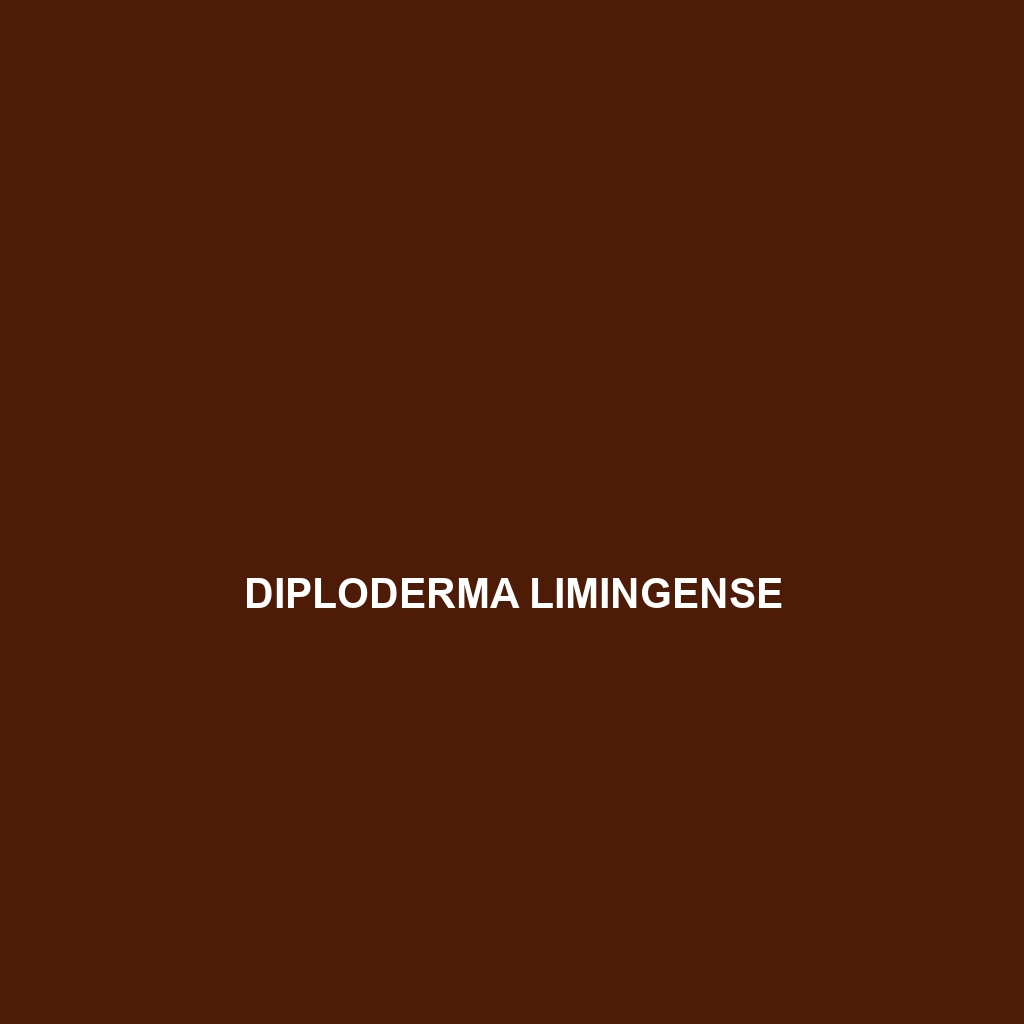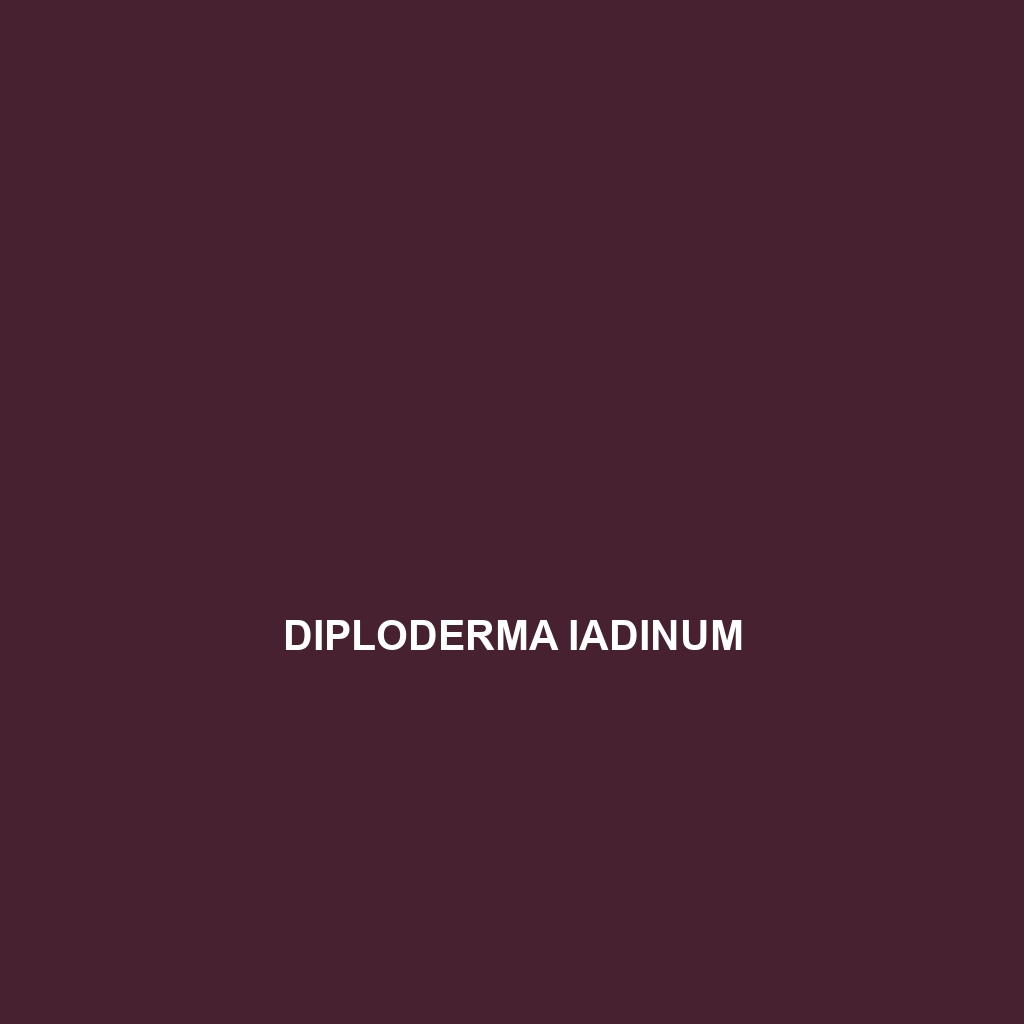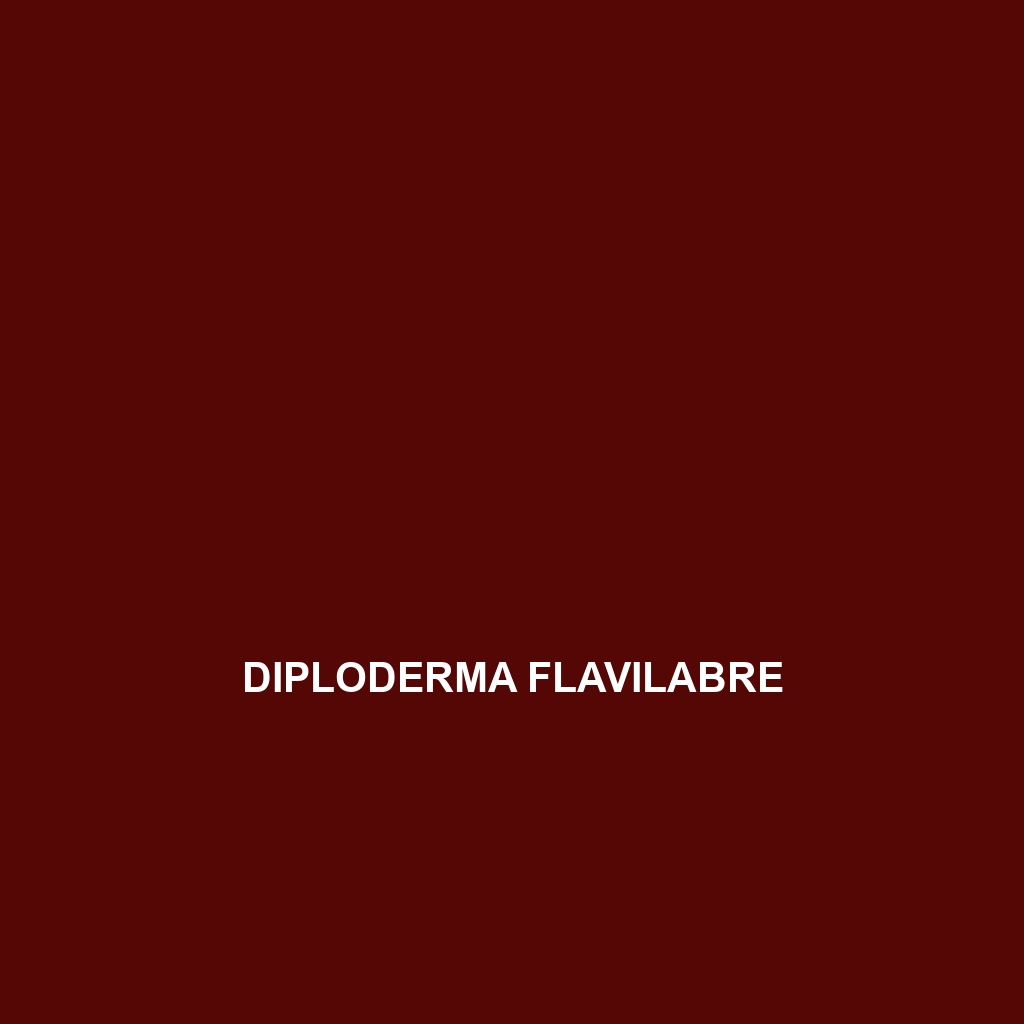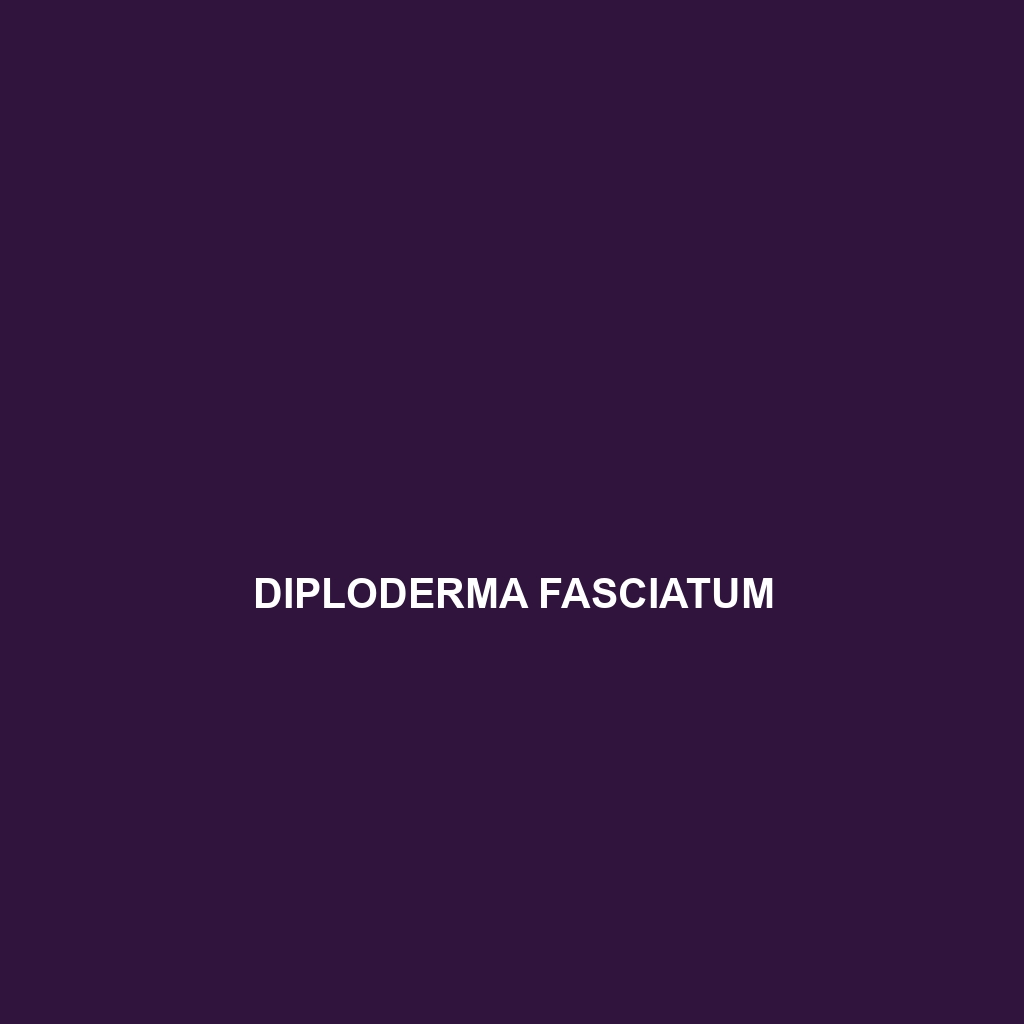
Tag: lizard reproduction
-

Diploderma limingense
Liming’s Diploderma (Diploderma limingense), a vulnerable species native to southeastern Asia’s forested mountainous regions, characterized by its greenish-brown coloration and prehensile tail. This herbivorous lizard plays a vital role in seed dispersal and thrives in humid subtropical environments, making it a key component of its ecosystem.
-

Diploderma laeviventre
Diploderma laeviventre, also known as the brown forest lizard, is an arboreal species native to the humid forests of Southeast Asia, typically measuring 15 to 20 cm in length, with a camouflaging color palette of brown, green, and gray. This vulnerable lizard feeds primarily on insects and plays a crucial role in maintaining ecological balance…
-

Diploderma hamptoni
fascinating Diploderma hamptoni, a striking lizard from Southeast Asia’s humid forests, known for its rich brown to olive-green coloration, arboreal habits, and insectivorous diet. This vulnerable species plays a critical role in maintaining ecological balance by controlling insect populations while showcasing color-changing abilities and interesting behaviors.
-

Diploderma iadinum
Iadian dragon (Diploderma iadinum), a vibrant, arboreal lizard found in the humid montane forests of Southeast Asia, showcasing distinct green and brown patterns, a slender body reaching up to 30 cm, and a fascinating ability to regenerate its tail. These insectivorous reptiles play a vital role in their ecosystem by controlling insect populations and serving…
-

Diploderma grahami
fascinating Diploderma grahami, commonly known as Graham’s Dragon, a vibrant, arboreal lizard from the subtropical forests of southeastern China. With distinctive dewlap coloration and exceptional climbing abilities, this species plays a crucial role in its ecosystem as an insectivore and contributes to biodiversity amid conservation challenges.
-

Diploderma formosgulae
Diploderma formosgulae, a captivating lizard native to Taiwan’s subtropical and temperate forests, known for its distinct ornate scales, diurnal arboreal habits, and diet primarily consisting of insects. This vulnerable species plays a vital role in maintaining ecological balance within its mountainous habitat.
-

Diploderma flavilabre
yellow-lipped lizard (Diploderma flavilabre), a stunning species from southeastern Asia known for its distinctive yellow or orange lip and vibrant coloration. Thriving in temperate forests, this diurnal, insectivorous lizard showcases remarkable climbing abilities and plays a crucial role in controlling insect populations within its ecosystem.
-

Diploderma drukdaypo
Diploderma drukdaypo, a strikingly colored lizard native to the lush forests of Bhutan and northeastern India, known for its camouflage, arboreal behavior, and vital role in maintaining ecological balance. This vulnerable species thrives at high altitudes, primarily feeding on leaves, flowers, and fruits while showcasing fascinating social behaviors and reproductive adaptations.
-

Diploderma dymondi
Diploderma dymondi, a medium-sized lizard reaching up to 15 cm, thrives in the humid forests of southeastern Asia, showcasing vibrant colors and a distinctive dorsal crest. As an omnivore, it plays a vital role in its ecosystem by regulating insect populations and aiding in seed dispersal, while its conservation status remains vulnerable due to habitat…
-

Diploderma daochengense
Diploderma daochengense, also known as the Daocheng Lizard, a vibrant, insectivorous lizard native to the alpine regions of southwestern China. With a distinctive dorsal crest and a length of 15 to 20 cm, this species plays a crucial role in its ecosystem by controlling insect populations and serving as prey for larger animals.
Search
Popular Posts
-
Dipsas ventrimaculata
striking Dipsas ventrimaculata, or Ventrimaculate Snake, known for its slender body and striking camouflage. Found in the tropical forests of Central and South America, this nocturnal predator primarily feeds on slugs and snails, playing a vital role in its ecosystem.
-
Dipsas variegata
captivating Dipsas variegata, or variegated snail eater, a striking snake with dark brown and yellow bands, thriving in the humid rainforests of Central and South America. This non-aggressive, nocturnal predator specializes in consuming land snails, playing a crucial role in maintaining ecological balance.
-
Dipsas vagus
Dipsas vagus, or Vagus Snake, a slender, non-venomous species native to tropical Central and South American rainforests, known for its brown and gray camouflage and a diet primarily consisting of slugs and snails. Classified as Vulnerable, this fascinating snake plays a crucial role in its ecosystem by regulating prey populations while employing cryptic behavior to…
Categories
Archives
Tags
animal adaptations (713) animal behavior (4666) animal reproduction (763) bat species (661) behavior (915) biodiversity (6774) conservation (1670) conservation efforts (1415) conservation status (4595) diet (2090) echolocation (822) ecological balance (1400) ecological role (1276) ecology (789) ecosystem (1468) ecosystem role (2606) ecosystem roles (632) endangered species (2368) environmental conservation (657) habitat (3224) habitat conservation (884) Habitat Destruction (922) habitat loss (2877) insectivorous reptiles (643) IUCN Red List (1343) nocturnal animals (2688) nocturnal behavior (2186) omnivorous diet (594) physical characteristics (1958) reproduction (2835) reptile conservation (846) rodent (677) rodent species (1325) seed dispersal (2043) Seed Disperser (950) seed dispersers (590) small mammals (1163) snake reproduction (589) South America (773) species description (713) tropical forests (932) Vulnerable Species (4332) wildlife (2506) wildlife conservation (4371) wildlife protection (799)


